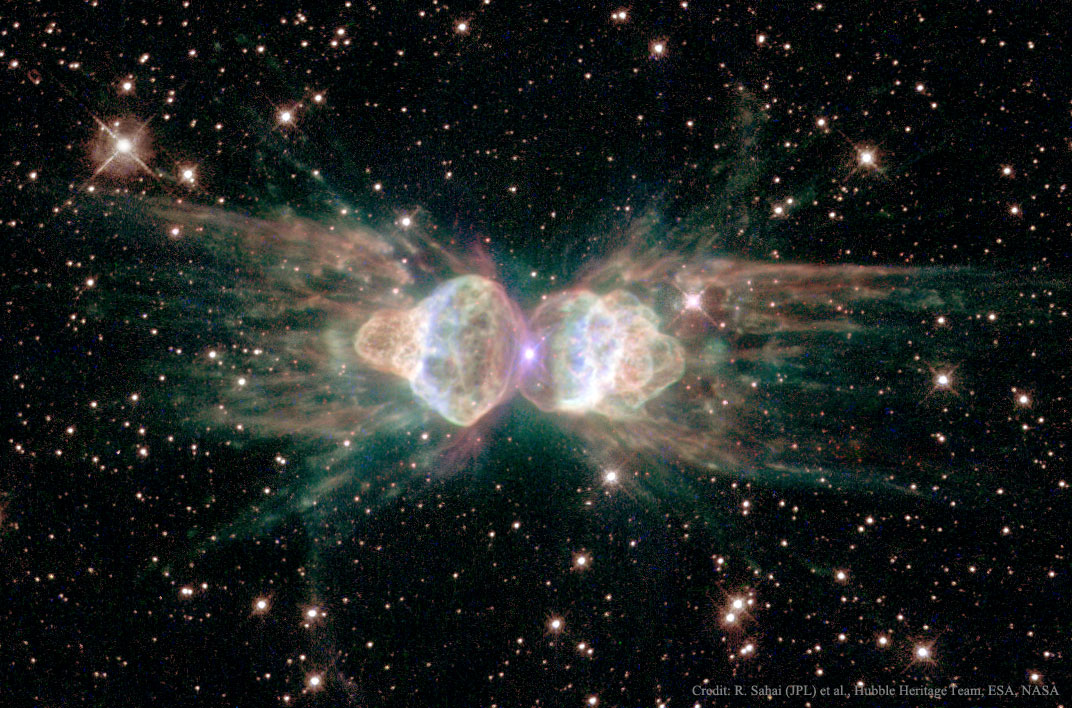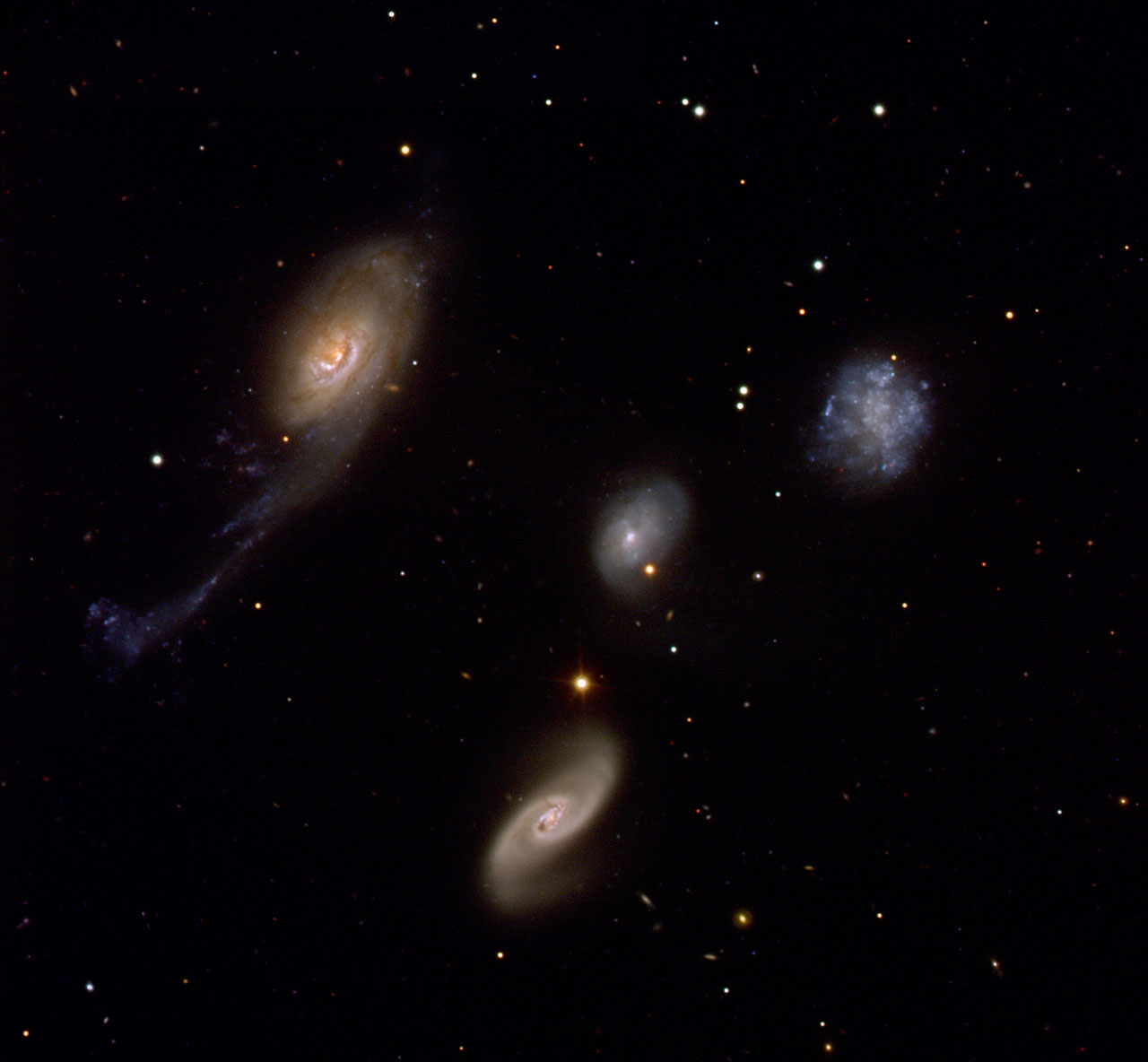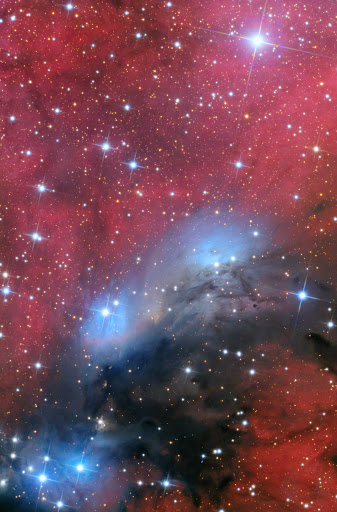Blog
Preston Haynes Love (April 26, 1921 – February 12, 2004) was a saxophonist, bandleader, and songwriter from Omaha, Nebraska best known as a sideman for jazz and rhythm and blues artists like Count Basie and Ray Charles.
Preston Love grew up in North Omaha and graduated from North High. He became renowned as a professional sideman and saxophone balladeer in the heyday of the big band era. He was a member of the bands of Nat Towles, Lloyd Hunter, Snub Mosley, Lucky Millinder and Fats Waller before getting his big break with the Count Basie Orchestra when he was 22. Love played and recorded with the Count Basie band from 1945–1947 and played on Basie’s only #1 hit record, ‘Open The Door Richard.’ Love eventually became a bandleader himself, playing with Lena Horne, Billie Holiday, his friends Johnny Otis and Wynonie Harris, with whom he had several hits.
more...John Ned “Johnny” Shines (April 26, 1915 – April 20, 1992) was an American blues singer and guitarist. Shines was born in the community of Frayser, in Memphis, Tennessee. He was taught to play the guitar by his mother and spent most of his childhood in Memphis, playing slide guitar at an early age in juke joints and on the street. He moved to Hughes, Arkansas, in 1932 and worked on farms for three years, putting aside his music career. A chance meeting with Robert Johnson, his greatest influence, gave him the inspiration to return to music. In 1935, Shines began traveling with Johnson, touring in the United States and Canada. They parted in 1937, one year before Johnson’s death.
Shines played throughout the southern United States until 1941, when he settled in Chicago. There he found work in the construction industry but continued to play in local bars.
more...Gertrude “Ma” Rainey (née Pridgett; April 26, 1886 – December 22, 1939) was an influential American blues singer and early blues recording artist. Dubbed the “Mother of the Blues”, she bridged earlier vaudeville and the authentic expression of southern blues, influencing a generation of blues singers.
Gertrude Pridgett began performing as a teenager and became known as “Ma” Rainey after her marriage to Will “Pa” Rainey in 1904. They toured with the Rabbit Foot Minstrels and later formed their own group, Rainey and Rainey, Assassinators of the Blues. Her first recording was made in 1923. In the following five years, she made over 100 recordings, including “Bo-Weevil Blues” (1923), “Moonshine Blues” (1923), “See See Rider Blues” (1924), “Ma Rainey’s Black Bottom” (1927), and “Soon This Morning” (1927).
Rainey was known for her powerful vocal abilities, energetic disposition, majestic phrasing, and a “moaning” style of singing. Her qualities are present and most evident in her early recordings “Bo-Weevil Blues” and “Moonshine Blues”.
Rainey recorded with Thomas Dorsey and Louis Armstrong, and she toured and recorded with the Georgia Jazz Band. She toured until 1935, when she largely retired from performing and continued as a theater impresario in her hometown of Columbus, Georgia, until her death four years later.
more...Planetary nebula Mz3 is being cast off by a star similar to our Sun that is, surely, round. Why then would the gas that is streaming away create an ant-shaped nebula that is distinctly not round? Clues might include the high 1000-kilometer per second speed of the expelled gas, the light-year long length of the structure, and the magnetism of the star featured here at the nebula’s center. One possible answer is that Mz3 is hiding a second, dimmer star that orbits close in to the bright star. A competing hypothesis holds that the central star’s own spin and magnetic field are channeling the gas. Since the central star appears to be so similar to our own Sun, astronomers hope that increased understanding of the history of this giant space ant can provide useful insight into the likely future of our own Sun and Earth.

Carl Allen (born April 25, 1961) is an American jazz drummer.
Allen attended William Paterson University. He has worked with a wide variety of musicians, including Freddie Hubbard, Jackie McLean, George Coleman, Phil Woods, the Benny Green Trio and Rickie Lee Jones. It was with Green that Allen met bassist Christian McBride. The two have teamed up frequently, working for many combos of big name leaders. McBride recruited Allen for his band, Christian McBride & Inside Straight. Allen is that quintet’s drummer for both its first recording, Kinda Brown, and its road tours.
In 1988 Allen and Vincent Herring founded Big Apple Productions, which produced several albums featuring young jazz performers.
He joined the faculty of The Juilliard School in 2001, and became the Artistic Director of Jazz Studies in 2008. He was replaced as director by Wynton Marsalis in 2013, and left Juilliard at the end of the academic year. In 2011, Allen appeared as himself in two episodes of the HBO series Tremé, in a studio recording scene in New York City. In 2014, he formed his own group, The Art of Elvin to pay tribute to Art Blakey and Elvin Jones. The band debuted at the Percussive Arts Society (PAS) conference in Indianapolis, Indiana with Allen on drums, Freddie Hendrix (trumpet), Tivon Pennicott (tenor sax), Xavier Davis (piano), Yasushi Nakamura (bass).
https://www.youtube.com/watch?v=1EK-LMJX8hE
more...Albert Nelson (April 25, 1923 – December 21, 1992 Indianola, Mississippi), known by his stage name Albert King, was an American blues guitarist and singer whose playing influenced many other blues guitarists. He is perhaps best known for the popular and influential album Born Under a Bad Sign (1967) and its title track. He, B.B. King, and Freddie King, all unrelated, were known as the “Kings of the Blues.”[1] The left-handed King was known for his “deep, dramatic sound that was widely imitated by both blues and rock guitarists.” He was once nicknamed “The Velvet Bulldozer” because of his smooth singing and large size–he stood taller than average, with sources reporting 6 ft 4 in (1.93 m) or 6 ft 7 in (2.01 m), and weighed 250 lb (110 kg)–and also because he drove a bulldozer in one of his day jobs early in his career. King was inducted into the Blues Hall of Fame in 1983. He was posthumously inducted into the Rock and Roll Hall of Fame in 2013. In 2011, he was ranked number 13 on Rolling Stone‘s 100 Greatest Guitarists of All Time.
more...Ella Jane Fitzgerald (April 25, 1917 – June 15, 1996 Newport News, VR) was an American jazz singer, sometimes referred to as the First Lady of Song, Queen of Jazz, and Lady Ella. She was noted for her purity of tone, impeccable diction, phrasing, timing, intonation, and a “horn-like” improvisational ability, particularly in her scat singing.
After a tumultuous adolescence, Fitzgerald found stability in musical success with the Chick Webb Orchestra, performing across the country but most often associated with the Savoy Ballroom in Harlem. Her rendition of the nursery rhyme “A-Tisket, A-Tasket” helped boost both her and Webb to national fame. After taking over the band when Webb died, Fitzgerald left it behind in 1942 to start her solo career.
Her manager was Moe Gale, co-founder of the Savoy, until she turned the rest of her career over to Norman Granz, who founded Verve Records to produce new records by Fitzgerald. With Verve she recorded some of her more widely noted works, particularly her interpretations of the Great American Songbook.
While Fitzgerald appeared in movies and as a guest on popular television shows in the second half of the twentieth century, her musical collaborations with Louis Armstrong, Duke Ellington, and The Ink Spots were some of her most notable acts outside of her solo career. These partnerships produced some of her best-known songs such as “Dream a Little Dream of Me“, “Cheek to Cheek“, “Into Each Life Some Rain Must Fall“, and “It Don’t Mean a Thing (If It Ain’t Got That Swing)“.
In 1993, after a career of nearly 60 years, she gave her last public performance. Three years later, she died at the age of 79 after years of declining health. Her accolades included fourteen Grammy Awards, the National Medal of Arts, and the Presidential Medal of Freedom.
more...Eugene Earl Bostic (April 25, 1913 – October 28, 1965) was an American jazz alto saxophonist and a pioneer of the post-war American rhythm and blues style. He had a number of popular hits such as “Flamingo”, “Harlem Nocturne“, “Temptation”, “Sleep”, “Special Delivery Stomp”, and “Where or When“, which all showed off his characteristic growl on the horn. He was a major influence on John Coltrane.
Bostic was born in 1913 in Tulsa, Oklahoma. He turned professional at the age of 18 when he joined Terence Holder’s “Twelve Clouds of Joy”. Bostic made his first recording with Lionel Hampton in October 1939, with Charlie Christian, Clyde Hart and Big Sid Catlett. Before that, he performed with Fate Marable on New Orleans riverboats. Bostic graduated from Xavier University in New Orleans. He worked with territory bands as well as Arnett Cobb, Hot Lips Page, Rex Stewart, Don Byas, Charlie Christian, Thelonious Monk, Edgar Hayes, Cab Calloway, and other jazz luminaries. In 1938, and in 1944, Bostic led the house band at Smalls Paradise.[3] While playing at Small’s Paradise, he doubled on guitar and trumpet. During the early 1940s, he was a well-respected regular at the famous jam sessions held at Minton’s Playhouse. He formed his own band in 1945 and made the first recordings under his own name for the Majestic label. He turned to rhythm and blues in the late 1940s. His biggest hits were “Temptation“, “Sleep”, “Flamingo“, “You Go to My Head” and “Cherokee“. At various times, his band included Keter Betts, Jaki Byard, Benny Carter, John Coltrane, Teddy Edwards, Benny Golson, Blue Mitchell, Tony Scott, Cliff Smalls, Sir Charles Thompson, Stanley Turrentine, Tommy Turrentine, and other musicians who rose to prominence, especially in jazz.
more...Robert’s Quartet is a family of four very different galaxies, located at a distance of about 160 million light-years, close to the centre of the southern constellation of the Phoenix. Its members are NGC 87, NGC 88, NGC 89 and NGC 92, discovered by John Herschel in the 1830s. NGC 87 (upper right) is an irregular galaxy similar to the satellites of our Milky Way, the Magellanic Clouds. NGC 88 (centre) is a spiral galaxy with an external diffuse envelope, most probably composed of gas. NGC 89 (lower middle) is another spiral galaxy with two large spiral arms. The largest member of the system, NGC 92 (left), is a spiral Sa galaxy with an unusual appearance. One of its arms, about 100,000 light-years long, has been distorted by interactions and contains a large quantity of dust.

Collin Walcott (April 24, 1945 – November 8, 1984) was an American musician who worked in jazz and world music.
Walcott was born in New York City on April 24, 1945. He studied violin and tympani in his youth, and was a percussion student at Indiana University. After graduating in 1966, he went to the University of California, Los Angeles, and studied sitar under Ravi Shankar and tabla under Alla Rakha.
According to critic Scott Yanow of Allmusic, Walcott was “one of the first sitar players to play jazz”. Walcott moved to New York and played “a blend of bop and oriental music with Tony Scott” in 1967–69. Around 1970 he joined the Paul Winter Consort and co-founded the band Oregon. These groups, along with the trio Codona, which was founded in 1978, combined “jazz improvisation and instrumentation with elements of a wide range of classical and ethnic music”.
Collin Walcott, a founding member of the ”world music” ensemble Oregon, died Thursday in a hospital in Magdeburg, East Germany, after a car crash. He was 39 years old. Mr. Walcott, who played the sitar and tabla in the group, was one of the few Western musicians to incorporate this type of instrument into an ensemble.
Nov 10, 1984 Mr. Walcott, who was born in New York City, studied at the Yale School of Music, majored in percussion at Indiana University and later studied ethnomusicology at the University of California at Los Angeles. He also studied sitar with Ravi Shankar and tabla with with Alla Rakha. As a classical percussionist, he performed with the Toronto, Detroit and Kalamazoo Symphony Orchestras. After playing with the Paul Winter Consort, in the late 60’s, he co- founded the quartet Oregon with Ralph Towner, Paul McCandless, and Glen Moore. They made 14 albums.
more...John Christopher Williams AO OBE (born 24 April 1941) is an Australian virtuosic classical guitarist renowned for his ensemble playing as well as his interpretation and promotion of the modern classical guitar repertoire. In 1973, he shared a Grammy Award in the Best Chamber Music Performancecategory with fellow guitarist Julian Bream for Together (released in the US as Julian and John (Works by Lawes, Carulli, Albéniz, Granados)).Guitar historian Graham Wade has said that “John is perhaps the most technically accomplished guitarist the world has seen.”
John Williams was born on 24 April 1941 in Melbourne, Australia, to an English father, Len Williams, who later founded the Spanish Guitar Centre in London, and Malaan (née Ah Ket), a daughter of Melbourne barrister William Ah Ket. In 1952, the family moved to England where he attended Friern Barnet Grammar School, London. Williams was initially taught guitar by his father, who was an accomplished guitarist. From the age of 11, Williams attended summer courses with Andrés Segovia at the Accademia Musicale Chigiana in Siena, Italy. Later, he attended the Royal College of Music in London, from 1956 to 1959, studying piano because the college did not have a guitar department at the time. Upon graduation, he was invited to create such a department. He took the opportunity and ran the department for its first two years. Williams has maintained links with the college (and with the Royal Northern College of Music in Manchester) ever since.
https://www.youtube.com/watch?v=EWWP1H7pUDw
more...Joe Henderson (April 24, 1937 – June 30, 2001) was an American jazz tenor saxophonist. In a career spanning more than four decades, Henderson played with many of the leading American players of his day and recorded for several prominent labels, including Blue Note, Milestone, and Verve.
Born in Lima, Ohio, Henderson was one of five sisters and nine brothers. He was encouraged by his parents Dennis and Irene (née Farley) and older brother James T. to study music. He dedicated his first album to them “for being so understanding and tolerant” during his formative years. Early musical interests included drums, piano, saxophone and composition. According to Kenny Dorham, two local piano teachers who went to school with Henderson’s brothers and sisters, Richard Patterson and Don Hurless, gave him a knowledge of the piano. He was particularly enamored of his brother’s record collection. It seems that a hometown drummer, John Jarette, advised Henderson to listen to musicians like Lester Young, Stan Getz, Dexter Gordon and Charlie Parker. He also liked Flip Phillips, Lee Konitz and the Jazz at the Philharmonic recordings. However, Parker became his greatest inspiration. His first approach to the saxophone was under the tutelage of Herbert Murphy in high school. In this period of time, he wrote several scores for the school band.
more...John Arnold Griffin III (April 24, 1928 – July 25, 2008) was an American jazz tenor saxophonist. Nicknamed “the Little Giant” for his short stature and forceful playing, Griffin’s career began in the early 1940s and continued until the month of his death. A pioneering figure in hard bop, Griffin recorded prolifically as a bandleader in addition to stints with pianist Thelonious Monk, drummer Art Blakey, in partnership with fellow tenor Eddie “Lockjaw” Davis and as a member of the Kenny Clarke/Francy Boland Big Band after he moved to Europe in the 1960s. In 1995, Griffin was awarded an Honorary Doctorate of Music from Berklee College of Music.
Griffin studied music at DuSable High School in Chicago under Walter Dyett, starting out on clarinet before moving on to oboe and then alto sax. While still at high school at the age of 15, Griffin was playing with T-Bone Walker in a band led by Walker’s brother.
Alto saxophone was still his instrument of choice when he joined Lionel Hampton‘s big band three days after his high school graduation, but Hampton encouraged him to take up the tenor, playing alongside Arnett Cobb. He first appeared on a Los Angeles recording with Hampton’s band in 1945 at the age of 17.
more...NGC 6914 is a reflection nebula located at approximately 6,000 light-years away in the constellation of Cygnus, and was discovered by Édouard Stephan on August 29, 1881. Ultraviolet radiation from stars in the Cygnus OB2 association ionize the nebula’s hydrogen.

More Posts
- Echos of Freedom with Maya Angelou
- Happy Kumbh Mela 2025
- Cosmo NGC 1333
- Etta James
- Antonio Carlos Jobim
- Moses “Whispering” Smith
- Giorgos Zampetas
- Floyd George Smith
- Benny Golson
- Sleepy John Estes
- World Music ShunTA
- Daily Roots Singie Singie
- Little Shop of Horrors 2025
- Nina Simone Freedom
- Temple Israel Nefesh Erev Shabbat Service
- Cosmo NGC 2244
- Joe Albany
- Aaron Neville
- Jimmy Forrest
- Flamenco Fridays Sabicas